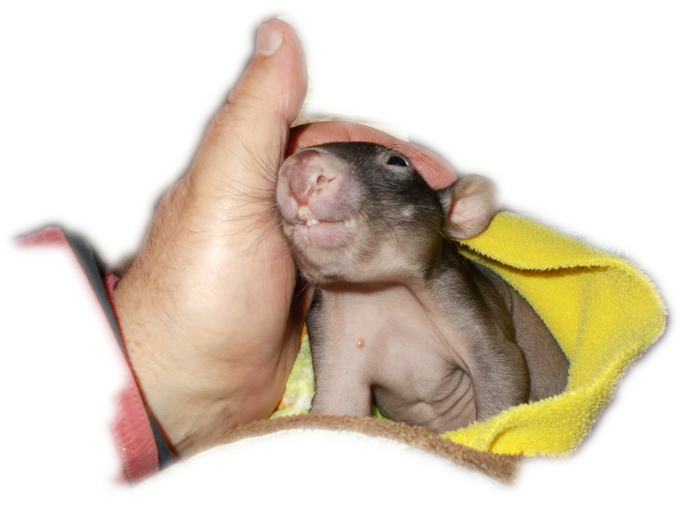This text in the: Wildlife Shelter and Foster Carer Information Guide 2016
[quote]
Objective
To prevent significant or extended pain and suffering of wildlife and to ensure that wildlife entering rehabilitation can be successfully released to the wild. Threatened species are a priority for rehabilitation and therefore are exempt from some of the euthanasia requirements, as listed above. However, threatened species suffering from unreasonable and/or incurable pain, distress, trauma, sickness or injury must be promptly euthanased. How to comply Euthanase any wildlife held under your Authorisation that will continue to suffer if it remains alive. For example, the following must be euthanased:
- wildlife that have lost essential limbs or function of limbs, including tails;
- wildlife that have permanent vital sensory loss (hearing, sight, smell, taste);
- wildlife that have an incurable (able to be treated but not cured) infectious disease;
- wildlife that have permanent damage to their nervous system;
- wildlife that are unable to adjust to temporary care;
- wildlife with chronic ill health;
- under-developed young (eg. un-furred young or ‘pinkies’).
Is only a guide as can be read earlier, in the document in the section: Purpose of the guide.
[quote]
Wildlife Shelter and Foster Carer Authorisations are governed by a set of conditions that enforce the minimum standards necessary for the humane treatment and successful rehabilitation of wildlife in care.
This guide explains the objectives of the conditions of your authorisation, and how you can comply. The advice provided in the ‘how to comply’ section is not mandatory, but rather provides the suggested method of meeting the conditions. You may choose reasonable alternative methods provided that they meet the conditions of the authorisation.
[quote]
Unfortunately, it gives anyone who is not interested in raising un-furred marsupials and open excuse as “adhering to the guide” to kill these babies that can actually be grown up and released. Though it does take more work. The old school wildlife carers of the past killed these babies under the auspices of being too young to raise. But in some situations they were killed because it was just too much work to try to raise them. Too much sleep deprivation. How many of these babies were killed? No one really knows.
So new carers should not take this guide as gospel, it is just that; a guide. There are some wildlife carers who have raised many pinkies
starting with some very low weights. We know of people who have had success raising babies as small as 50 grams to release weight of 22 to 25 kilograms, and there are probably carers, we don't know about, who raised pinkies that were even smaller. It does take dedication and a great deal of time and vigilance to raise these small ones, So if anyone is not up for it, cannot give the attention and time. Ask around, find someone who can and will and put them on speed dial.
So be aware and have a care.


